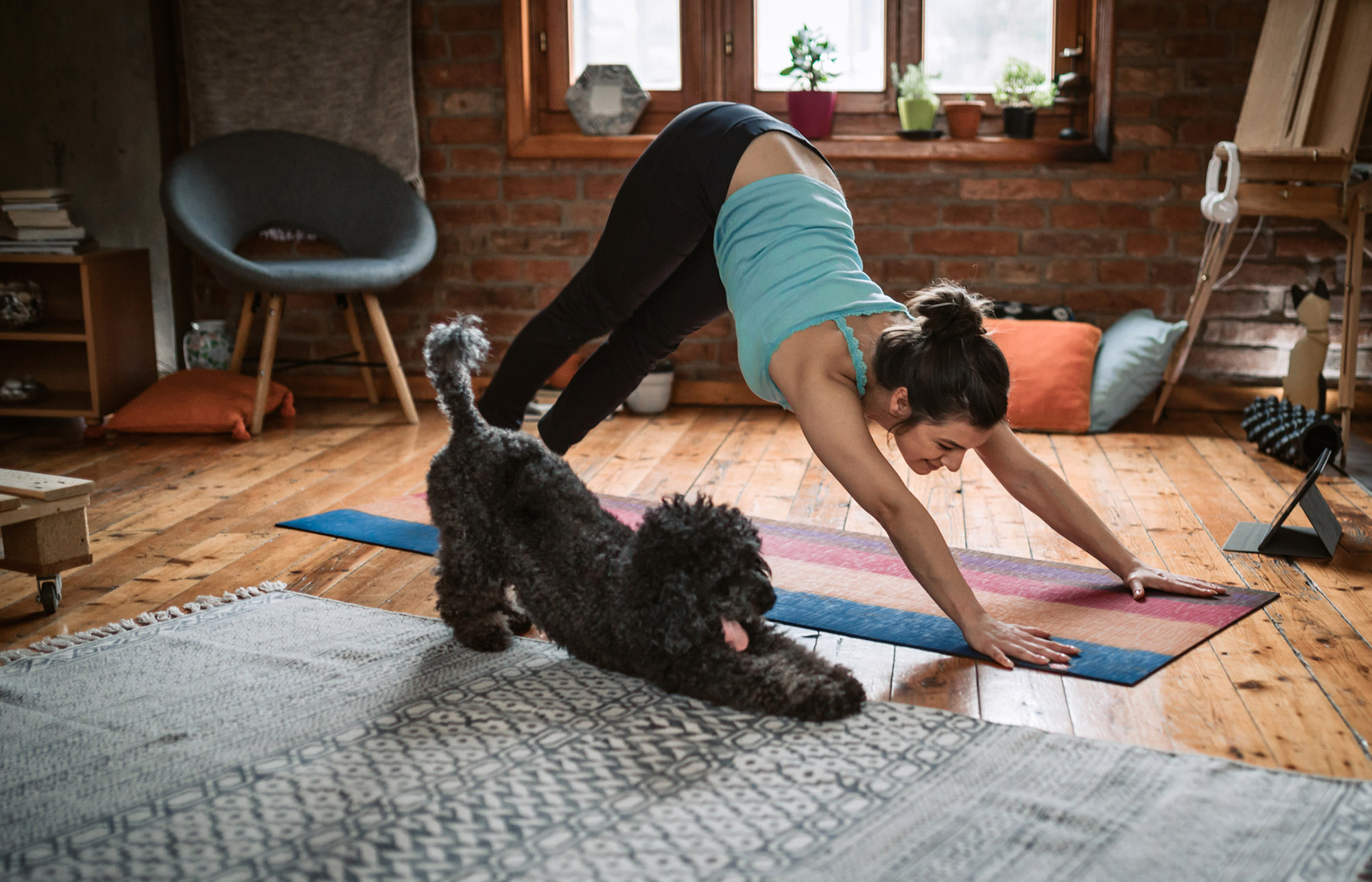Following social distancing guidelines put in place due to COVID-19 doesn’t mean you have to stop being active, said University of Georgia Cooperative Extension Nutrition and Health Specialist Ali Berg.
Walks, jogs or bike rides around the neighborhood or local parks are permitted by public health officials, as long as the minimum 6 feet of distance between other people is maintained. But public playgrounds should be avoided as the virus can remain on hard surfaces for hours.
“Levels of the recommended physical activity are also good for maintaining immunity, in addition to adequate diet and nutrition,” said Berg, an assistant professor in the UGA College of Family and Consumer Sciences. “Getting outside is good for mental health as well.”
Working from home may allow flexibility to fit physical activity into your daily or weekly schedule, especially since structured class exercise times and sports events have been sidelined for adults and children.
According to federal guidelines, adults generally need 150 minutes of moderate aerobic (cardio) activity per week, 75 minutes of vigorous aerobic activity per week or a combination of moderate and vigorous activity. Moderate or greater intensity muscle-strengthening activities for all muscle groups should be done twice a week. Children and adolescents should get at least 60 minutes or more per day of aerobic activity. For children, much of this should be active play time.
Berg offers the following recommendations as ways to work exercise into your temporary lifestyle.
For younger children, set up an obstacle course inside. They’re used to stations at school, so you could come up with short activities for them at each. A scavenger hunt can be a good interactive outdoor option.
Encourage family members to put down digital devices and turn on upbeat music and get active. Balancing screen time and physical activity can be a struggle for adolescents and adults alike, so monitor times spent on activities. Parents can help children create a chart to track hours on digital devices.
For those who aren’t used to exercising at home, it might feel strange at first, but Berg said the physical and mental benefits will be crucial. “Even if you feel silly jumping around or exercising in your living room, it will be really important during this time. And you’ll likely feel better afterwards,” she said.
UGA Extension’s Walk Georgia program offers free fitness videos from certified trainers for beginner, intermediate and advanced levels. Access these videos at https://walkgeorgia.org/resources/fitness.
Yoga is another good option for teens, and 4-H offers a basic video guide for youths at http://4h.org/yoga.
The National Institute on Aging offers exercises and stretches that can be done indoors, especially for older adults and populations who are at high risk for contracting coronavirus. Access these videos at https://go4life.nia.nih.gov/
Additionally, there are many free or low-cost apps and websites that include workout routines and fitness tracking. UGA Extension does not specifically endorse any of these.
- Johnson and Johnson 7 Minute Workout: https://7minuteworkout.jnj.com/
- Daily Workouts Fitness Trainer: https://dailyworkoutapps.com/
- Freeletics: https://www.freeletics.com/en/
- Map My Fitness: https://www.mapmyfitness.com/


